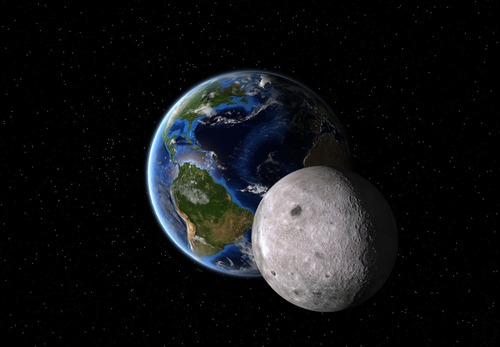
Shakespeare’s characters are immortalized in orbit at Uranus.Įarth's Moon probably formed when a large body about the size of Mars collided with Earth, ejecting a lot of material from our planet into orbit. Other Uranian moon names were chosen from Alexander Pope's poetry ( Belinda and Ariel). Uranus' moons are named for characters in William Shakespeare's plays with destinations such as Ophelia and Puck in orbit. Newer moons discovered at Saturn, for example, are named for Norse mythology such as Bergelmir, a giant.

Most moons in our solar system are named for mythological characters from a wide variety of cultures. The most significant moons get an official name. For example, S/2009 S1 was the first satellite discovered at Saturn in 2009. How Moons Get Their NamesĮvery moon discovered in the modern era gets a number first. As these planets grew in the early solar system, they were able to capture smaller objects with their large gravitational fields. In the outer solar system, the gas giants Jupiter and Saturn and the ice giants Uranus and Neptune have dozens of moons. Of the terrestrial (rocky) planets of the inner solar system, neither Mercury nor Venus have any moons at all, Earth has one and Mars has its two small moons. There are hundreds of moons in our solar system – even asteroids have been found to have small companion moons. Most planetary moons probably formed out the discs of gas and dust circulating around planets in the early solar system. They are generally solid bodies, and few have atmospheres. Moons – also called natural satellites – come in many shapes, sizes and types.


 0 kommentar(er)
0 kommentar(er)
